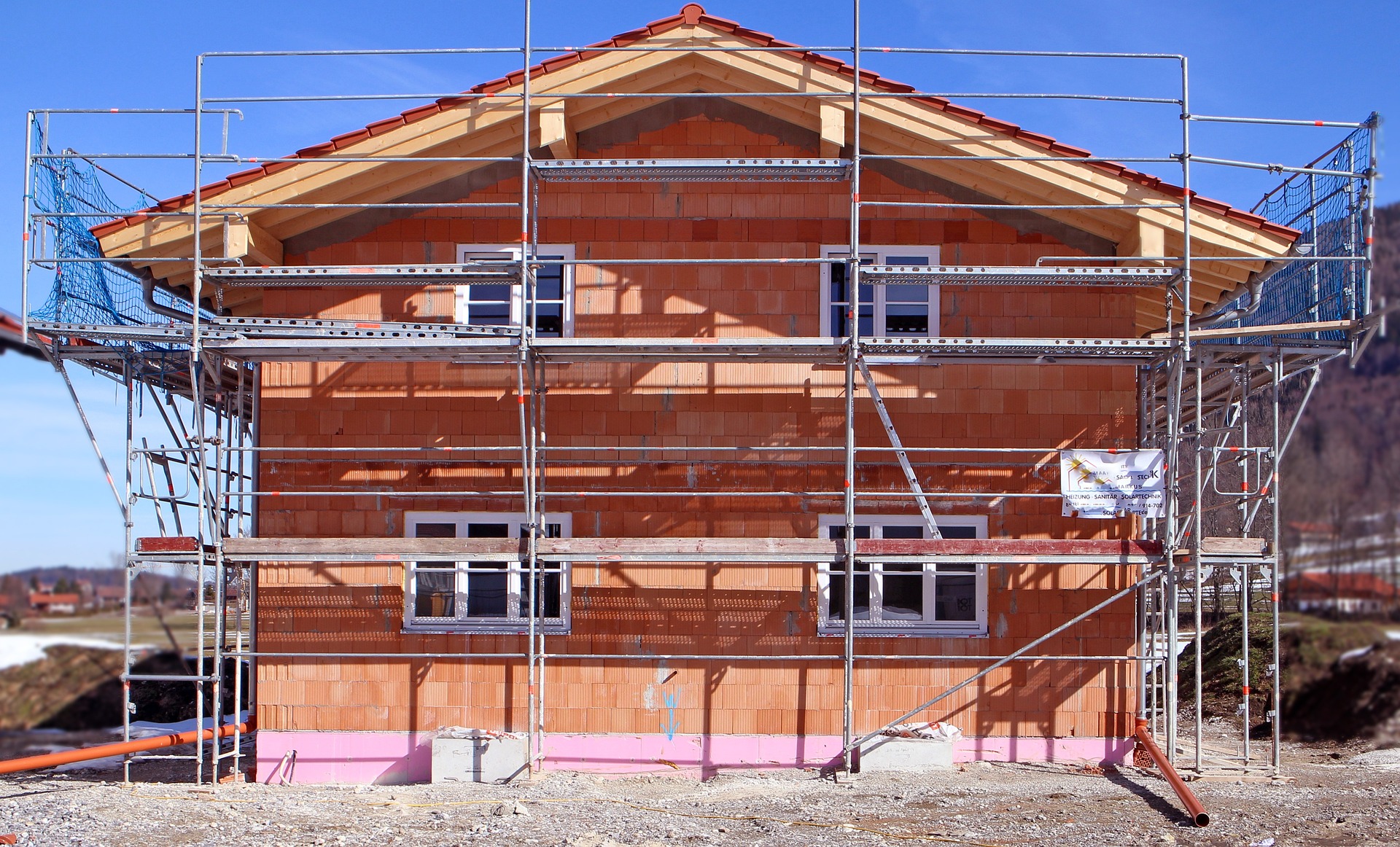Everything You Need to Know About Window Replacement in 2025
As we approach 2025, window replacement continues to be a crucial aspect of home improvement, offering enhanced energy efficiency, comfort, and aesthetic appeal. This comprehensive guide will walk you through the latest trends, technologies, and considerations for replacing your windows in the coming year.

What are the latest trends in window replacement for 2025?
Window replacement in 2025 is expected to focus heavily on energy efficiency and smart technology integration. Homeowners are increasingly opting for triple-pane windows with low-E coatings, which provide superior insulation and UV protection. Smart windows that can automatically adjust tint based on sunlight intensity are also gaining popularity. Additionally, there’s a growing trend towards larger windows and floor-to-ceiling designs to maximize natural light and create a seamless indoor-outdoor connection.
How have energy-efficient window options evolved?
Energy-efficient window options have come a long way in recent years. In 2025, we’re seeing advancements in gas fills between panes, with argon and krypton gases offering better insulation than traditional air-filled windows. Vacuum-insulated glazing is another innovative technology that provides excellent thermal performance in a slim profile. Solar control glass, which selectively filters out heat-generating infrared light while allowing visible light to pass through, is becoming more affordable and widely available.
What factors should I consider when choosing window materials?
When choosing window materials in 2025, it’s essential to balance durability, energy efficiency, and aesthetics. Vinyl remains a popular choice due to its affordability and low maintenance, but fiberglass is gaining traction for its strength and thermal performance. Wood windows continue to offer timeless beauty and excellent insulation, while aluminum is preferred for its sleek, modern look in commercial applications. Composite materials, which combine the benefits of different materials, are also becoming more prevalent.
How can I determine if it’s time to replace my windows?
Several signs indicate it’s time for window replacement. If you notice drafts, condensation between panes, or difficulty in opening and closing your windows, it’s likely time for an upgrade. Single-pane windows or those installed before the year 2000 are often prime candidates for replacement due to their poor energy efficiency. Additionally, if your energy bills are consistently high or you’re experiencing excessive outside noise, new windows can make a significant difference.
What are the latest installation techniques for window replacement?
Window installation techniques have evolved to prioritize energy efficiency and durability. In 2025, we’re seeing a focus on proper air sealing and insulation around the window frame to minimize air leakage. Many installers are using expanding foam insulation to create an airtight seal. Full-frame replacement, which involves removing the entire old window down to the studs, is becoming more common as it allows for better insulation and addresses any hidden damage. Some companies are also utilizing laser measurement tools for more precise fitting and installation.
What is the expected cost of window replacement in 2025?
The cost of window replacement in 2025 can vary widely depending on factors such as window type, material, size, and energy-efficient features. Here’s a general overview of expected costs for different window types:
| Window Type | Material | Average Cost per Window (Installed) |
|---|---|---|
| Double-Hung | Vinyl | $300 - $850 |
| Double-Hung | Wood | $600 - $1,500 |
| Casement | Vinyl | $400 - $1,000 |
| Casement | Fiberglass | $800 - $1,800 |
| Bay Window | Vinyl | $1,500 - $3,500 |
| Bay Window | Wood | $2,500 - $6,000 |
Prices, rates, or cost estimates mentioned in this article are based on the latest available information but may change over time. Independent research is advised before making financial decisions.
It’s important to note that energy-efficient options like triple-pane glass or smart window features will increase costs but can lead to long-term savings on energy bills. Many homeowners find that the investment in high-quality, energy-efficient windows pays off over time through reduced energy costs and increased home value.
When planning your window replacement project, it’s advisable to get quotes from multiple reputable contractors in your area. Be sure to inquire about any available energy efficiency rebates or tax credits that may help offset the cost of your new windows.
In conclusion, window replacement in 2025 offers exciting opportunities to improve your home’s energy efficiency, comfort, and aesthetics. By understanding the latest trends, materials, and technologies available, you can make an informed decision that will benefit your home for years to come. Remember to consider both the upfront costs and long-term savings when choosing your new windows, and always work with qualified professionals for the best results.
The shared information of this article is up-to-date as of the publishing date. For more up-to-date information, please conduct your own research.




